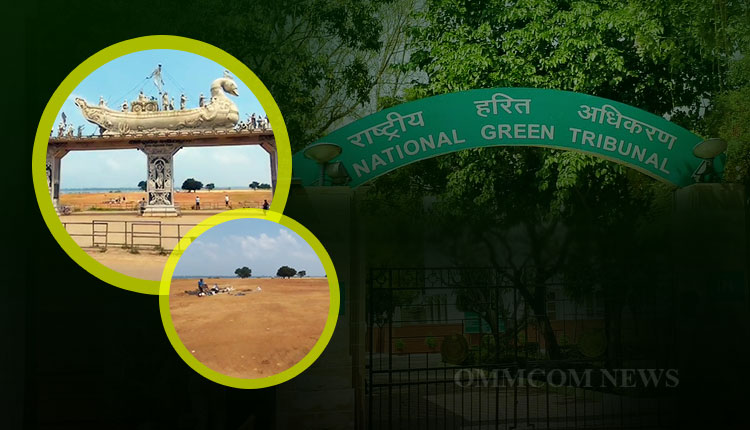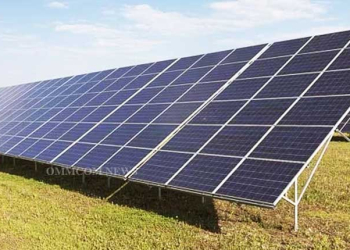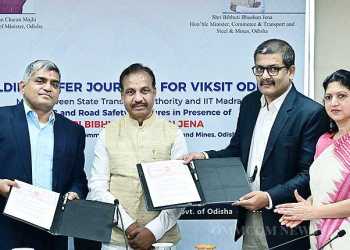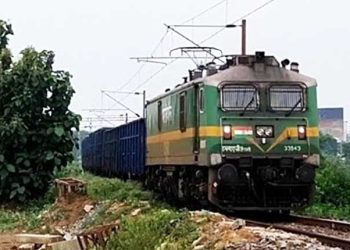Cuttack: The National Green Tribunal (NGT) has rejected the Balijatra River Front Improvement (BARFI) project on 426 acres of land in the Mahanadi river bed within the water area of Jobra Barrage at Cuttack. The decision was taken based on the recommendations of a seven-member Committee constituted to undertake a study on the ecological and hydrological aspects and vulnerability of the project.
Reportedly, one Pradip Kumar Pattnaik had filed a petition with the NGT alleging the project is an attempt to monetize the river bed for commercial purposes which will reduce the water retaining capacity of the river at Jobra Barrage at Cuttack. The free flow of water of the river bed will be affected. This will affect the supply of drinking water and obstruct dredging which is necessary. This will also add to the floods in the city.
The proceedings in the matter were reviewed on 07.02.2022 in the light of earlier order dated 15.12.2020 in a connected matter and affidavit filed by the Central Pollution Control Board (CPCB) dated 04.10.2021 with a report of the Joint Committee earlier constituted by the Tribunal for identification of flood plain zone. In light of the suggestion that ecological and hydrological aspects had not been covered by the report, which was mainly based on engineering aspects only, the Tribunal modified the constitution of the Committee to include ecological and hydrological experts. The Joint Committee filed its report on 01.09.2022
Following it, the Tribunal observed, “…we find it difficult to accept the proposal of the State by way of vision document/master plan for constructions in the reclaimed land which is established to be part of floodplain zone. There is clear anticipated danger of flooding. We are guided by ‘precautionary principle’ under section 20 of the NGT Act. We further agree with the recommendations of the Committee that while Baliyatra ground (34 acres) may be retained, though in floodplain zone, there should be no further expansion and no concretization or compacting of the said ground. Remaining 392 acres of land be used for plantation of local species and the area be developed into a Biological Park and no commercial use be allowed. State of Odisha may take steps for floodplain zoning of other major rivers.”
The NGT only modified or clarified the recommendations in the light of the suggestion of the Advocate General with regard to the reclaimed land that while 2/3rd of reclaimed land be developed as a dense forest, the remaining 1/3rd land may be developed as parks/playgrounds without any permanent or temporary constructions but without allowing any commercial activities.
It made clear that no concretization of any sort will be allowed on the entire 426 acres of land. While allowing Baliyatra in 34 acres of land, all due precautions for maintaining sanitation and hygiene shall be observed.
The Tribunal also added that the State may adopt necessary safeguards for the protection of 38 villages likely to be affected by floods in the periphery of Cuttack. The area where the forest is to be developed may be handed over to the forest department, after demarcation. The rest of the area be maintained by the concerned local body/Flood and Irrigation Department, as may be decided by the Odisha Government.






















